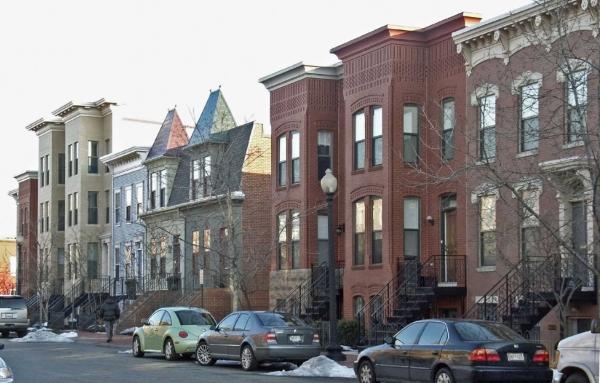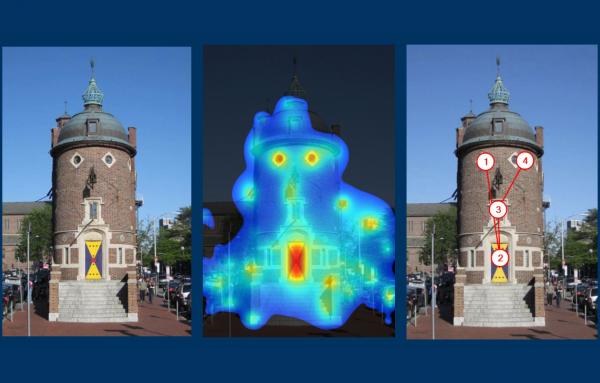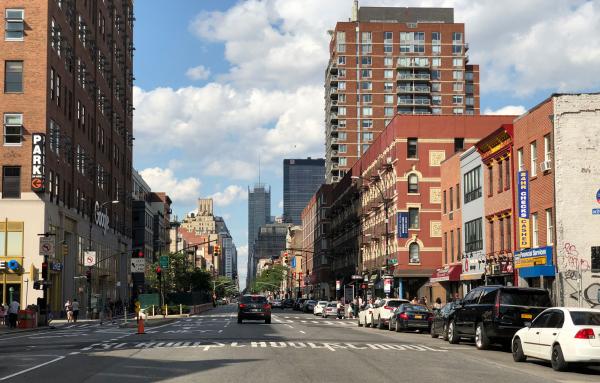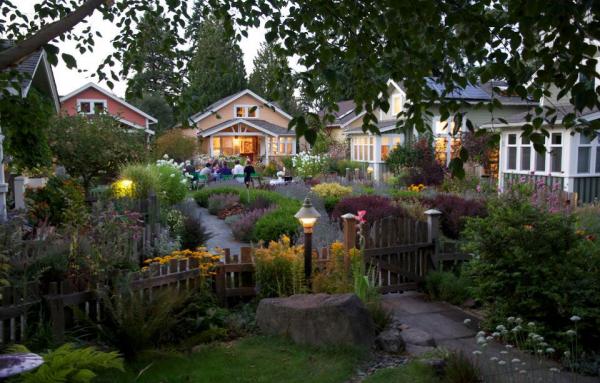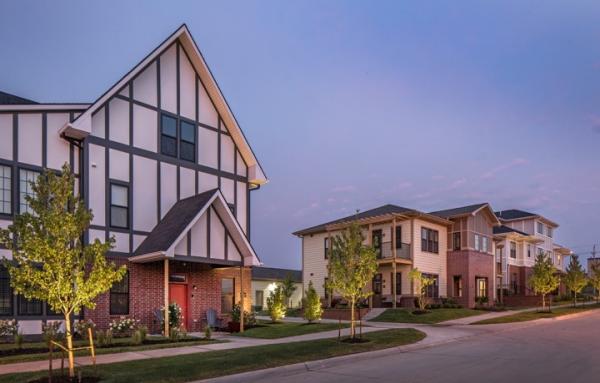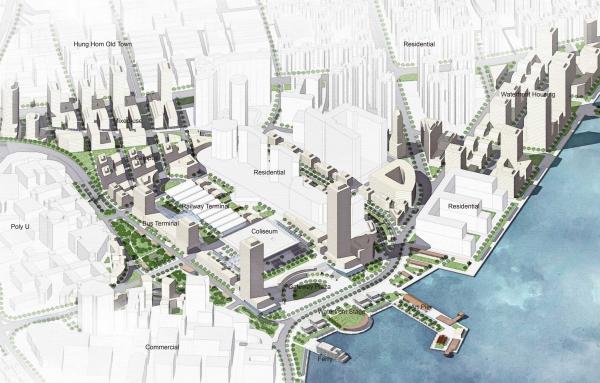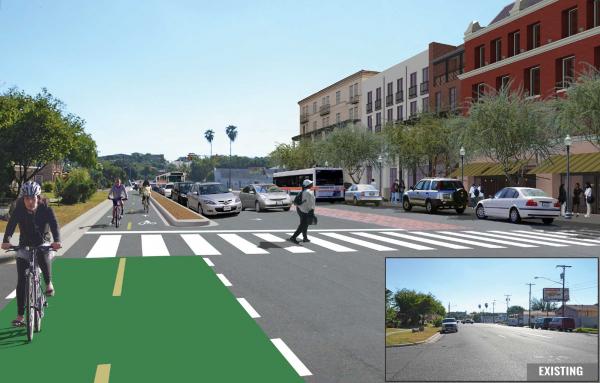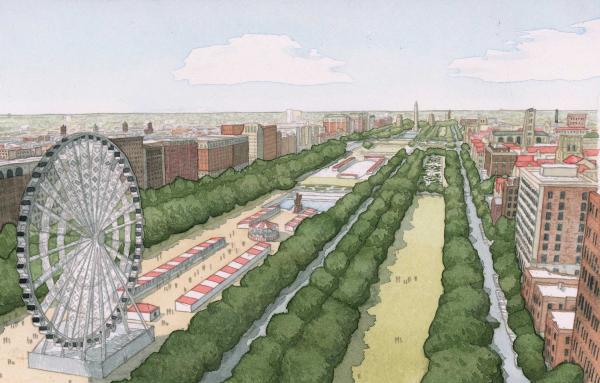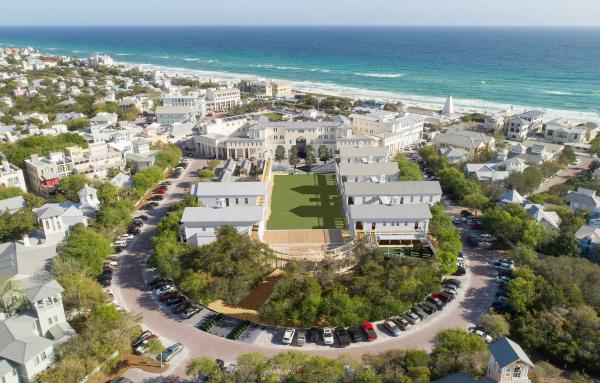Design
The year’s awards will celebrate design that takes New Urbanism to the next level and inspires a new generation of urbanists.
To understand architecture and design buildings successfully, we need to acknowledge core human tendencies that secured our survival.
New York is a great city that breaks many rules of urban planning. Here's what its imperfections can teach us about city building.
This missing middle housing type is a highly adaptable tool for developers and builders in many locations.
Prairie Queen is a re-imagining of a suburban apartment complex in the form of a walkable neighborhood.
A vision for a brownfield in Hong Kong could be one answer to its housing shortage.
Score one for historic preservation when a canal in use for two millennia was saved from being filled in to create a road and instead planned as a unique public space.
A "pop up" park has evolved into a major downtown Detroit square that is anchoring a neighborhood revitalization.
Plan Viva Laredo is making an immediate impact on Laredo, as streets are retrofitted for multimodal transportation and developers are encouraged to use new urban principles.
A new vision for Chicago's grandest boulevard connects two neighborhoods and provides a setting for 4,200 new housing units.
Seaside’s influence on urban redevelopment is profound—it initiated a re-evaluation of the the civic realm in planning and city building. Lessons learned at Seaside have been applied in the revival, redevelopment, and restoration of existing...
A Charter Award-winning development in Louisville has challenged conventional models of retail and civic space and provided a model for how the city can grow in the pattern of its historic neighborhoods.
